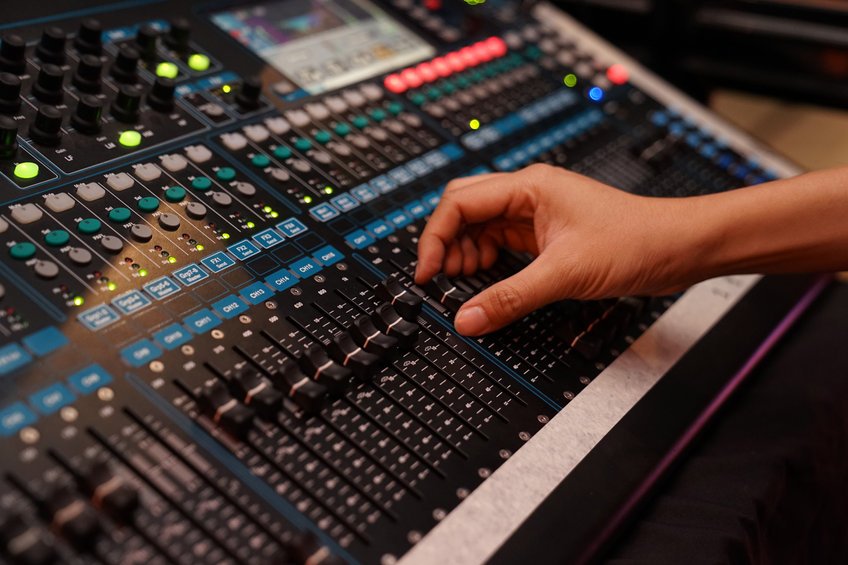How Do I Clear a Sample?
If you are a content creator, such as a musician, filmmaker, or video game publisher, you may be interested in sampling an existing song to include in your work. This post will walk you through the basics of clearing a sample, so that you don’t find yourself in a lawsuit for infringing on the owner’s intellectual property rights.
Note the difference between a sample and interpolation. While a sample is a snippet of an existing recording that’s been copied and pasted into an entirely new work, an interpolation is when a recording is recreated note for note and reflects the underlying composition. The process for clearing interpolations and samples is slightly different.
This is because there are two distinct copyrights in each song. There is the sound recording (also known as a “master”) copyright—the recorded version of a song. Then, there is the composition copyright—the underlying melody, beat, and lyrics of a song (usually referred to as “publishing right”). To rightfully clear a sample, you need 100% authorization from the owners of the sound recording and the underlying composition. However, to rightfully clear an interpolation, you only need to get permission from the owner of the underlying composition, since you are not featuring the original recording in your work.
So, to clear a sample, you must clear two different sets of copyright. The owner of the sound recording, normally a record label or the performer, must provide you with a Master Use License. The owner of the underlying composition, normally a publisher or the songwriter, must provide you with a copyright license.
How Do I Identify the Copyright Owners?
For certain songs, this is fairly simple. If one person or band wrote the song, then created the music behind it, this same person or band is the sole owner of the master and self-administers the publishing. More often, it is more complicated than that. Likely, a song that you want to sample isn’t of the solo type; many hands were involved in crafting these records and the copyright breakdown reflects this.
First, look for the label that released the song. It is probable that the label has a parent company that is owned by one of the “Big Three”—Sony Music Entertainment, Warner Music Group, or Universal Music Group. Next, contact the company’s clearance department and come to terms on a master recording license. Then, figure out who controls the composition. We recommend beginning your search online in the databases of the two largest Performing Rights Organizations in the U.S., BMI and ASCAP. You must come to terms with all the rightsholders, which may include a clearance fee and a portion of the publishing for the new work.
On the recording side the clearance fee will likely range somewhere between $2,000 to $10,000 (approximately). Additionally, the owner will likely require some sort of split on the new master in the 3% to 10% royalty range. On the composition side the clearance fee should be negotiated “all-in,” meaning whatever fund you have for that side is distributed pro-rata to all the owners of the composition. The fee will again likely range somewhere between $2,000 to $10,000. You will likely have to give up a share of publishing to the composition’s rights holders. The publishing royalty in the new work should be no more than 50% all-in distributed pro-rata.
Is Clearing a Sample Worth it?
The potentially hefty sampling fees, in addition to the relinquishment of royalties, may turn off some content creators from properly clearing a sample. Others may not even be aware of their obligations to clear a sample. But if you’re reading this article, clear your samples! Otherwise, you could find yourself in hot water and end up losing money on your work.
In 2012, Baauer dropped the EDM smash “Harlem Shake” through his label, Mad Decent. The multi-platinum song peaked at Number #1 on the Billboard Hot 100 in the U.S., New Zealand, Australia and Brazil. However, the song contained unlicensed samples from Plastic Little, Hector “El Father”, and Jayson Musson. Mad Decent label head Diplo eventually reached an agreement with the copyright owners. According to Baauer, he has not received any of the money the song made because of the legal issues from not having properly cleared the samples.
Conclusion
To clear a sample, first identify who owns/controls the sound recording, usually a performer or label. The owner of the sound recording must provide you with a Master Use License. Next, identify who owns/controls the underlying composition, usually a publisher or the songwriter. The owner of the underlying composition must provide you with a copyright license. Clear a sample before announcing any major deals or releasing a piece that contains a sample. Negotiate “all-in” clearance fees if possible. Finally, remember that samples are new revenue streams for old copyright owners–you may have more leverage than you think.
*Disclaimer: this blog post is not intended to be legal advice. We highly recommend speaking to an attorney if you have any legal concerns. Contacting us through our website does not establish an attorney-client relationship.*

